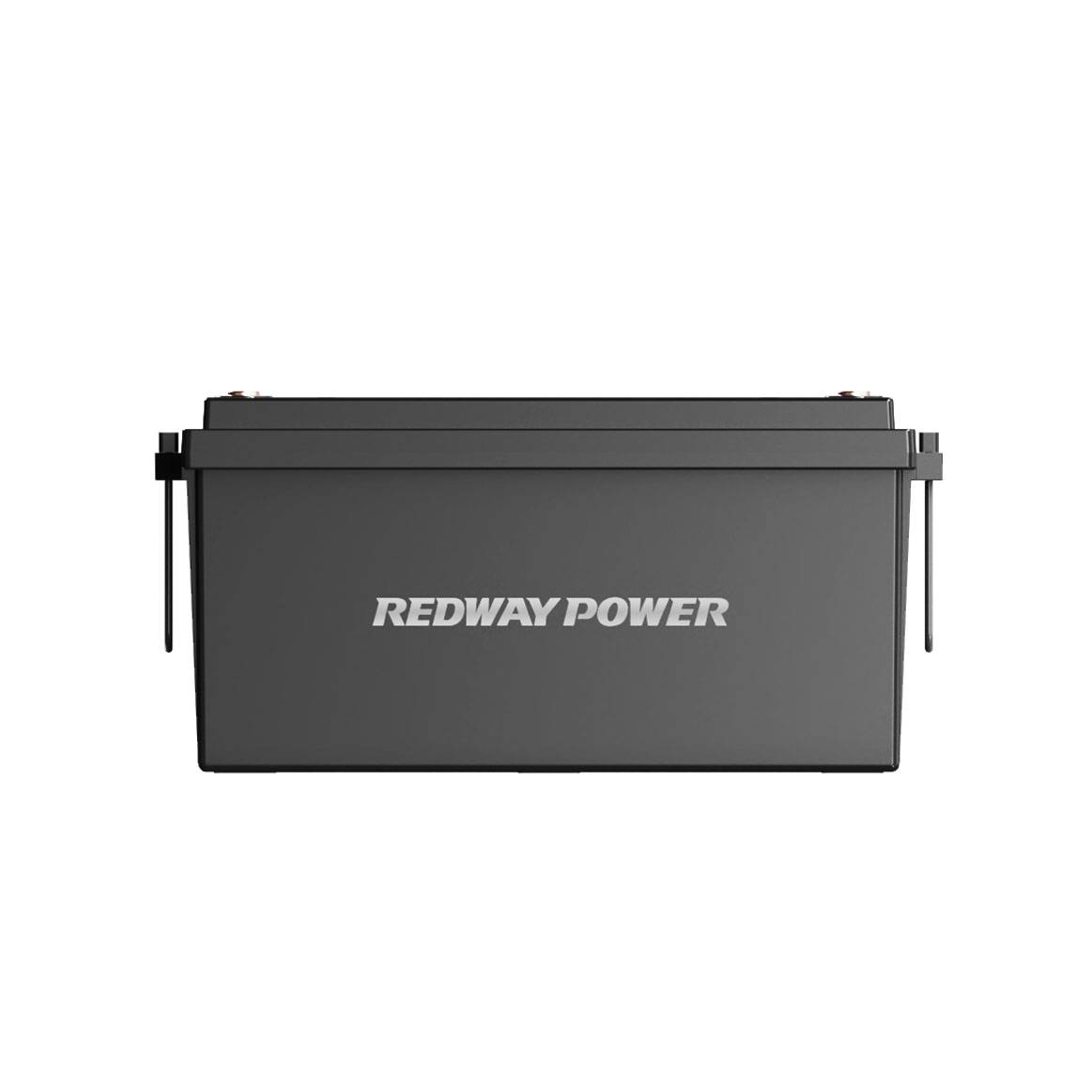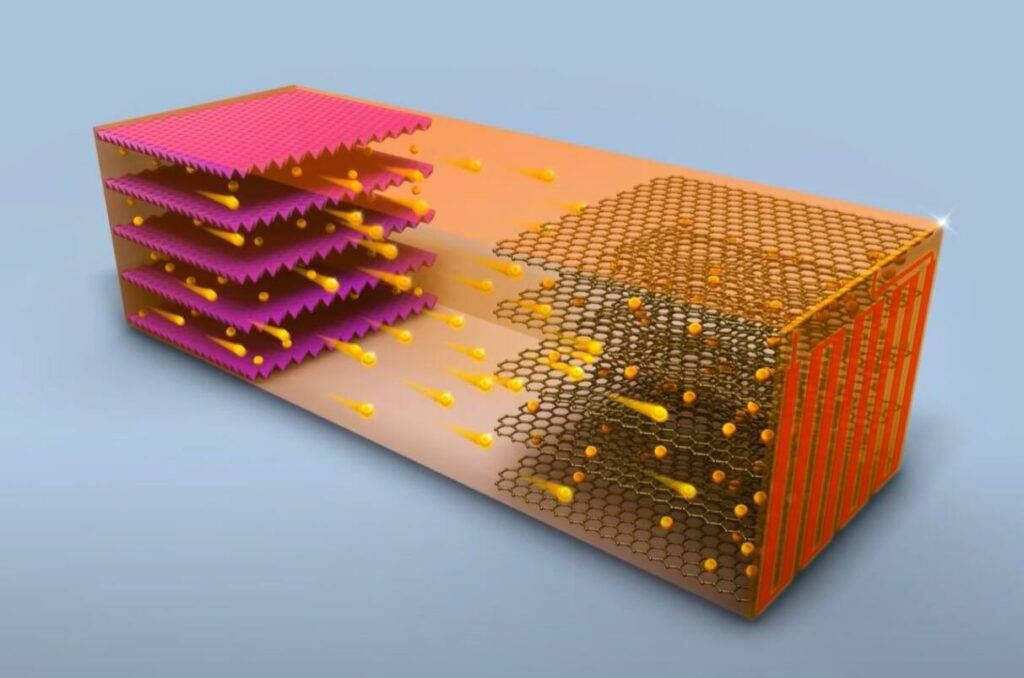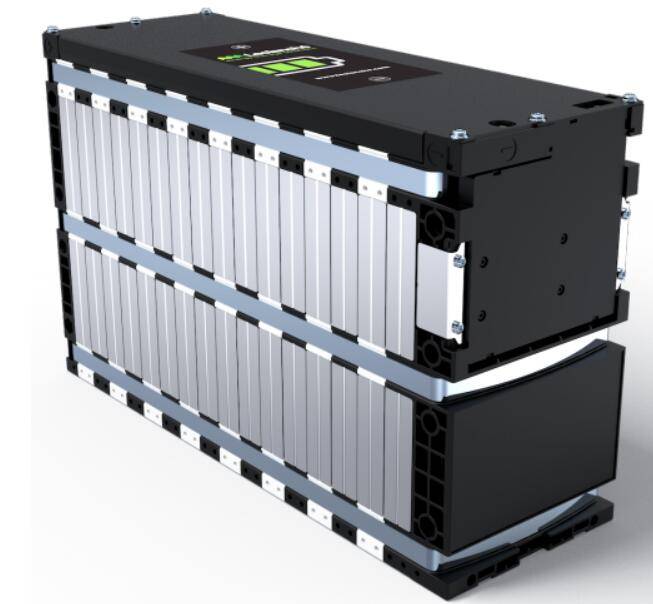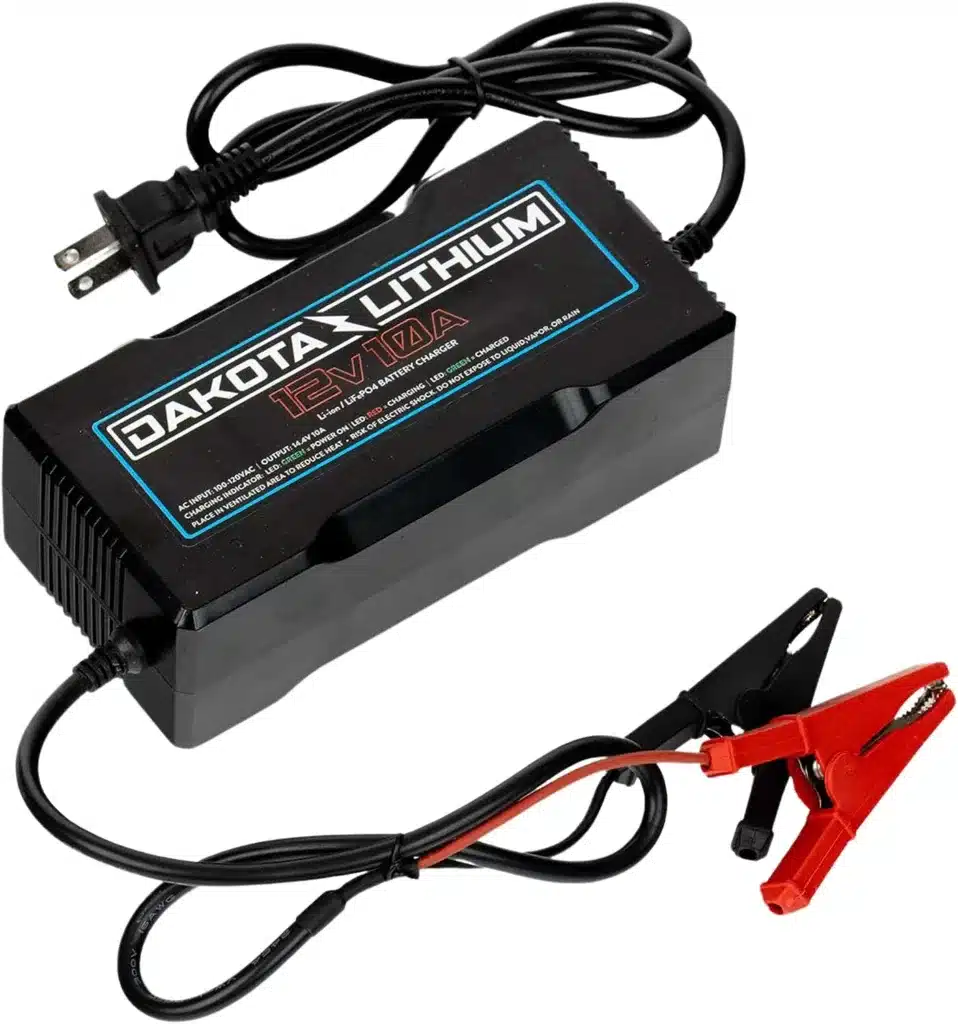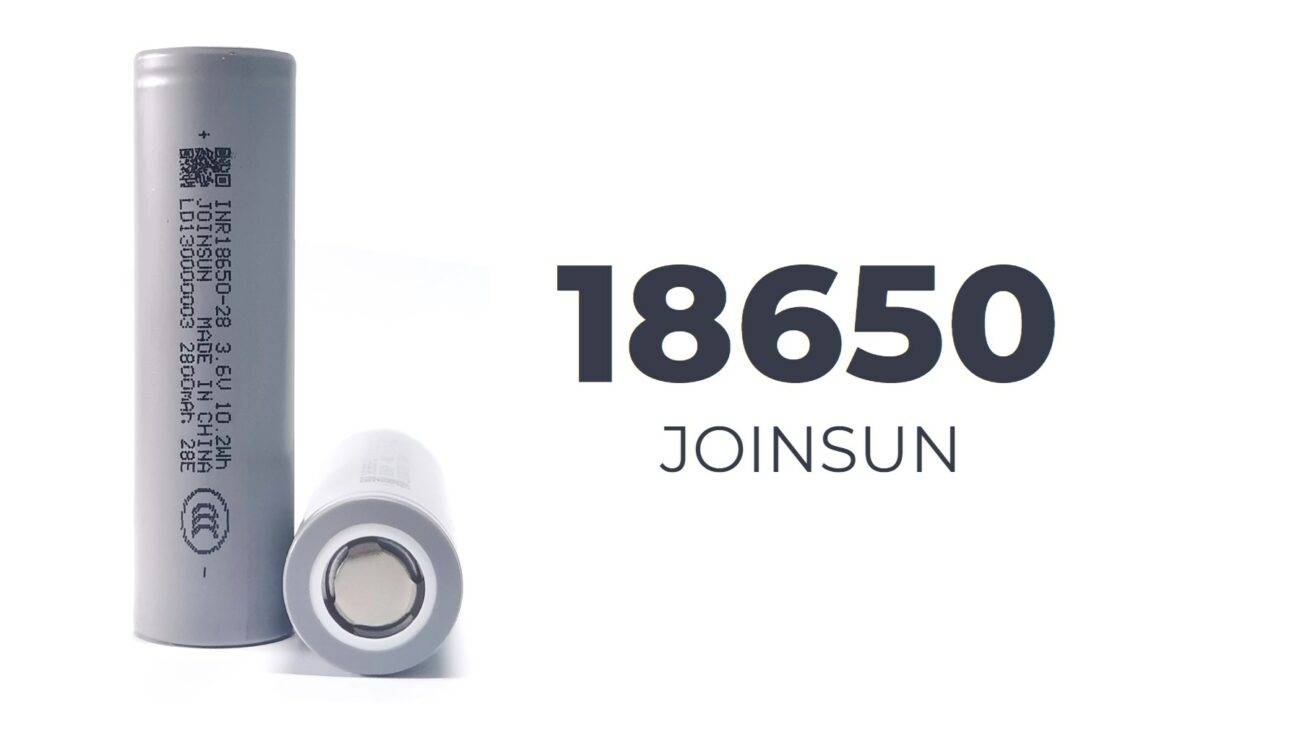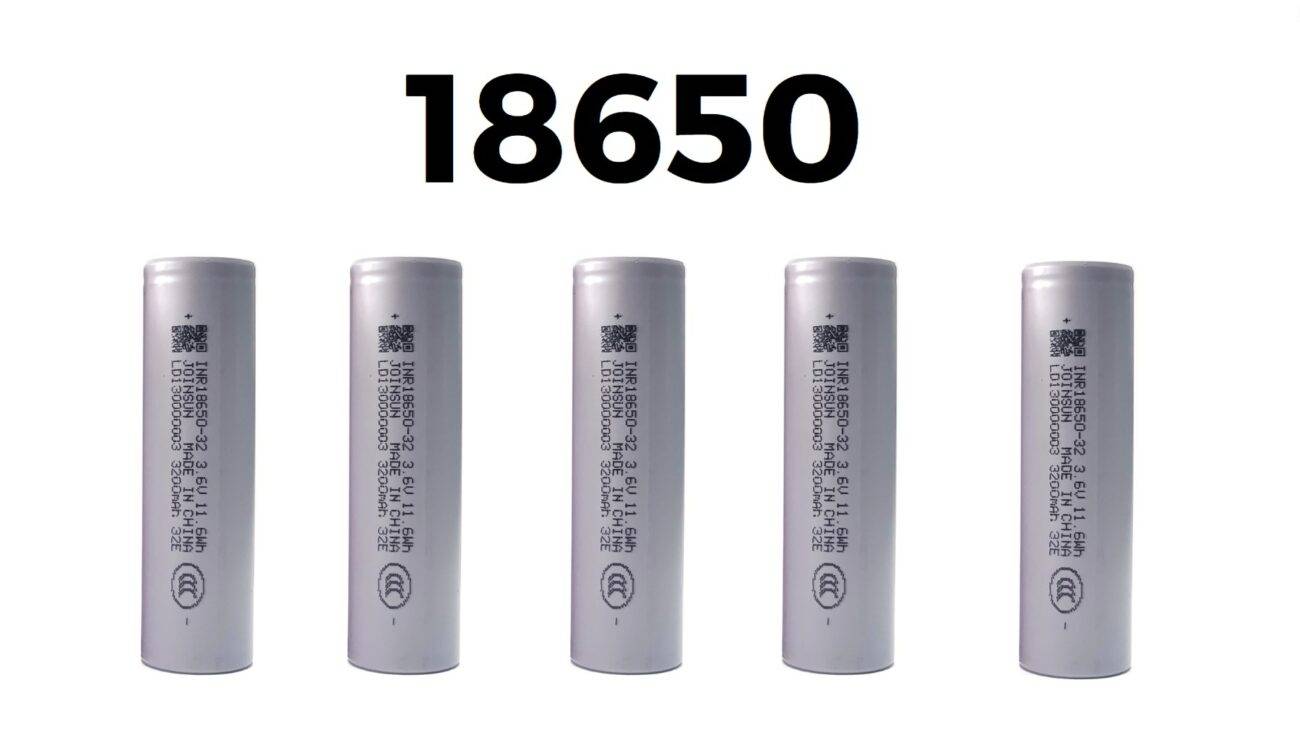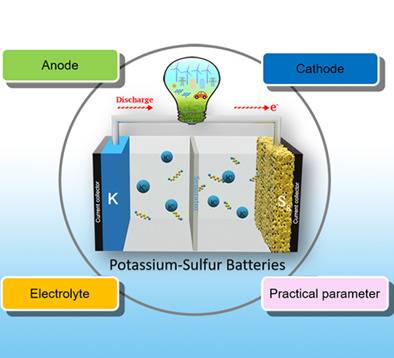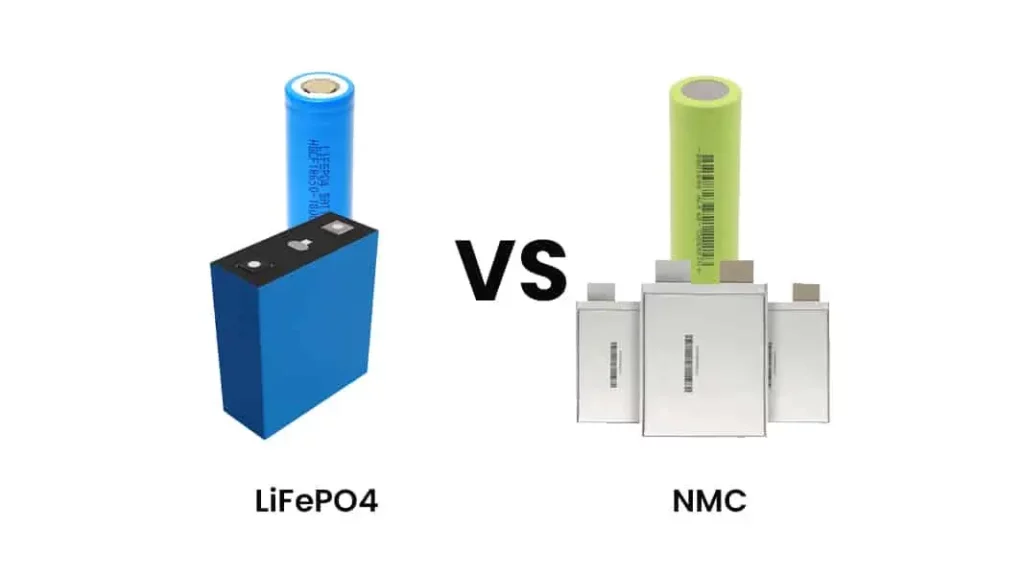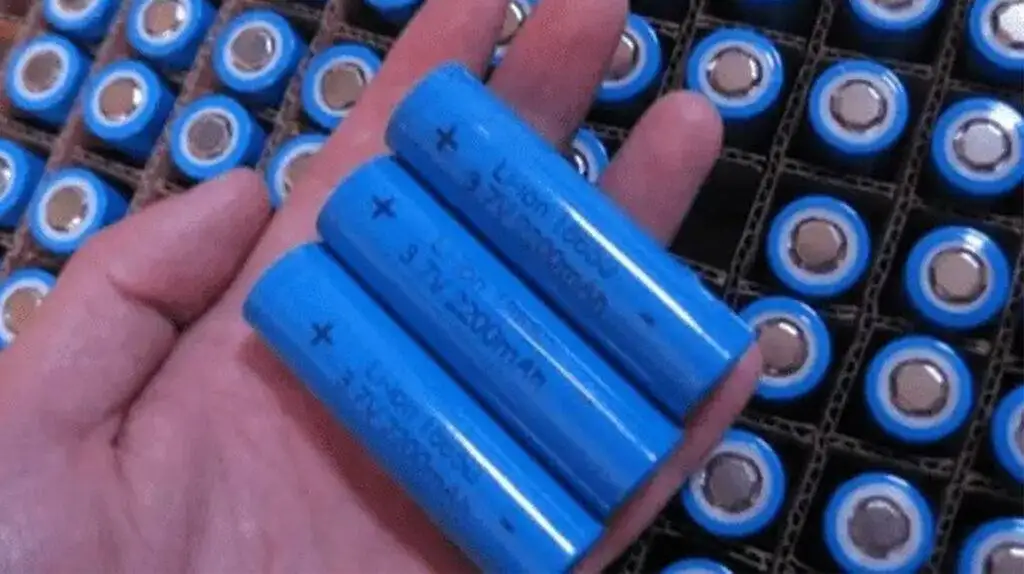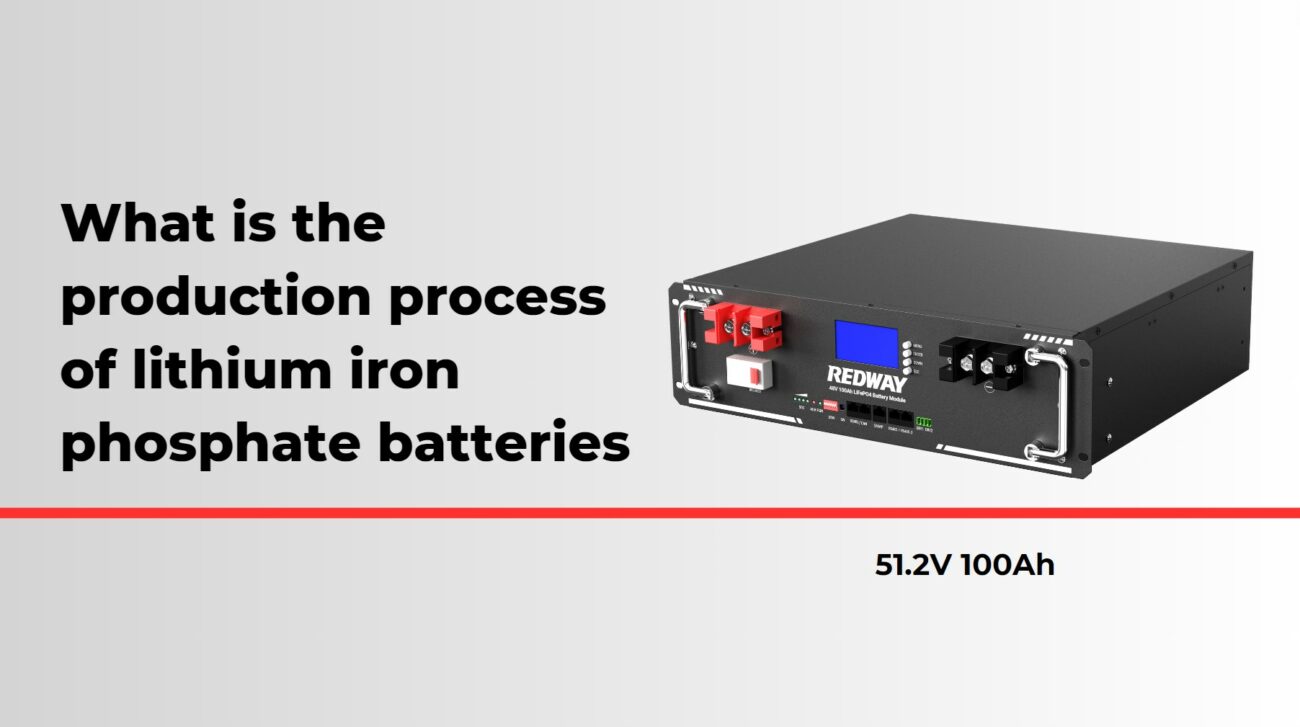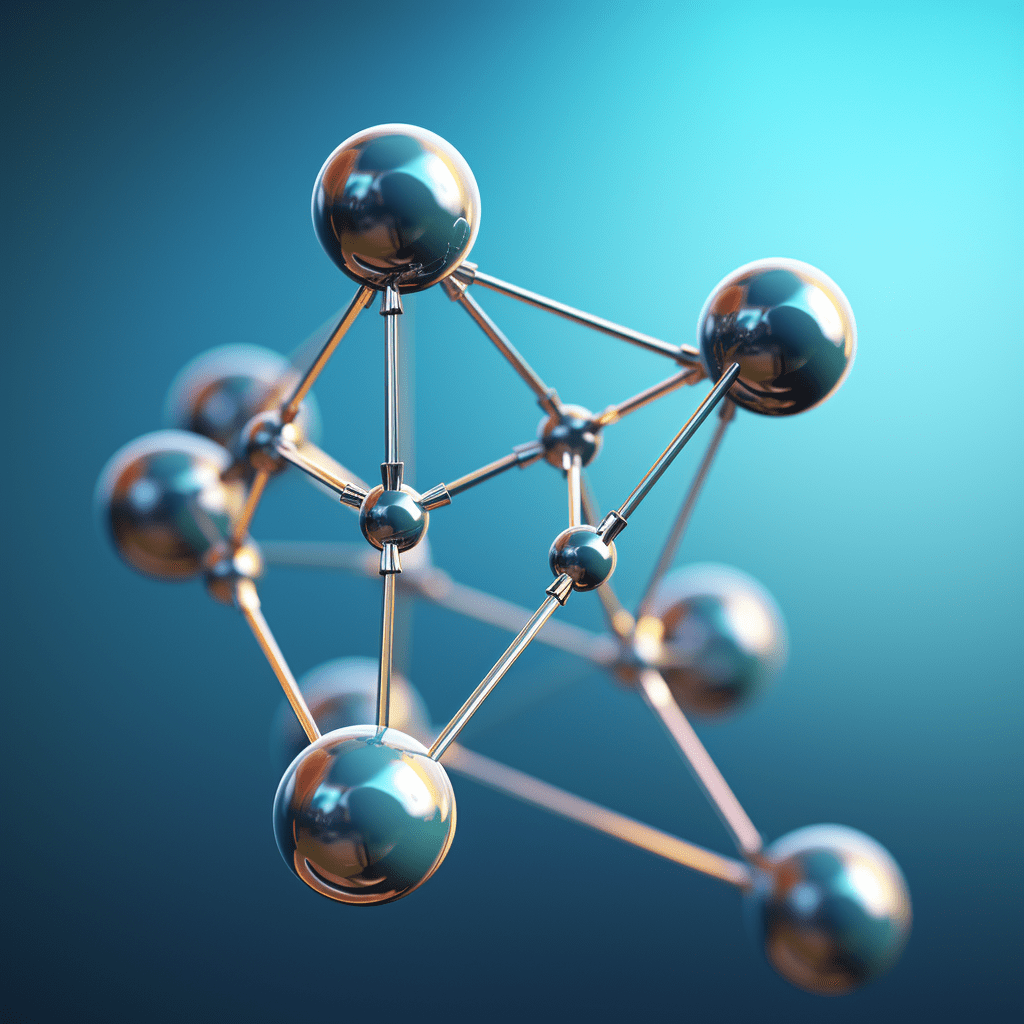Lithium-ion batteries are critical components in modern technology, powering everything from smartphones to electric vehicles. Coating carbon and aluminum foils with copper foil significantly enhances their performance by improving conductivity, reducing degradation, and increasing energy density. This article explores the advantages of these coatings and their implications for future battery technologies.
How do ALD coatings enhance lithium-ion battery performance?
Atomic Layer Deposition (ALD) coatings are thin films applied to battery materials that improve their electrochemical properties. These coatings reduce degradation mechanisms, enhance safety, and increase battery life by up to 300% under extreme conditions such as high temperatures and fast charging rates. The ALD process allows for precise control over the coating thickness, resulting in uniform layers that optimize ion transport and minimize gas generation during operation.Chart: Performance Improvements with ALD Coatings
| Performance Metric | Without Coating | With ALD Coating |
|---|---|---|
| Battery Life | 500 cycles | 1500 cycles |
| Gas Generation | High | Low |
| Fast Charge Rate | Moderate | High |
What role do polymer coatings play in improving battery efficiency?
Polymer coatings serve as a physical barrier between the cathode and electrolyte, preventing unwanted reactions that can lead to battery degradation. They enhance the electrochemical stability of cathodes, allowing for higher voltage operations without compromising safety. The flexibility of polymer materials also accommodates volume changes during charge-discharge cycles, reducing mechanical stress and extending the lifespan of the battery.Chart: Comparison of Polymer vs. Ceramic Coatings
| Feature | Polymer Coatings | Ceramic Coatings |
|---|---|---|
| Application Ease | High | Moderate |
| Cost | Low | High |
| Flexibility | High | Low |
| Ionic Conductivity | High | Moderate |
How does dry electrode coating contribute to sustainability and performance in lithium-ion batteries?
Dry electrode coating eliminates hazardous solvents used in traditional manufacturing processes, significantly reducing energy consumption by up to 47%. This method not only improves environmental sustainability but also enhances battery performance by creating a more uniform electrode layer that facilitates better ion flow. The reduction in manufacturing footprint by up to 75% also leads to cost savings.
Why is the choice of coating material crucial for battery longevity?
The selection of coating materials directly impacts the electrochemical performance and safety of lithium-ion batteries. Materials like boehmite and various polymers have shown promise due to their high purity, heat resistance, and ability to form conformal layers that protect active materials from degradation. Using advanced coatings can mitigate issues like thermal runaway and extend the operational life of batteries.
What are the latest advancements in coating technologies for lithium-ion batteries?
Recent developments include hybrid solid-liquid electrolyte systems that incorporate advanced coatings to improve safety and efficiency. Innovations in polymer chemistry allow for tailored coatings that enhance ionic conductivity while providing mechanical protection against expansion or contraction during cycling.
How do coated electrodes affect the electrochemical properties of lithium-ion batteries?
Coated electrodes exhibit improved charge transfer kinetics, leading to higher energy densities and faster charging capabilities. The presence of a protective layer reduces side reactions that can degrade electrode materials, ensuring more stable performance over time. This results in batteries that not only last longer but also deliver better overall efficiency.
Latest News
Recent studies highlight significant advancements in coating technologies for lithium-ion batteries, focusing on enhancing safety, efficiency, and sustainability. Researchers are exploring new polymer materials that can provide better ionic conductivity while being environmentally friendly. Additionally, collaborations between companies like Forge Nano and research institutions aim to commercialize innovative ALD coatings that promise substantial improvements in battery life and performance under extreme conditions.
Editor Comment
Coating technologies represent a pivotal advancement in lithium-ion battery development. As we continue to innovate with materials like polymers and ALD films, we can expect not only enhanced performance but also a move towards more sustainable production methods. The future of energy storage lies in these breakthroughs.
FAQ Section
Q: What is the main benefit of using ALD coatings on lithium-ion batteries?
A: ALD coatings significantly enhance battery life by reducing degradation mechanisms and improving safety under extreme conditions.Q: How do polymer coatings affect battery performance?
A: Polymer coatings create a barrier that prevents unwanted reactions between electrodes and electrolytes, enhancing stability and extending battery life.Q: Why is dry electrode coating considered sustainable?
A: Dry electrode coating eliminates hazardous solvents from production processes, reducing energy consumption and manufacturing waste significantly.


